Retro Replay Review
Gameplay
Medieval II: Total War builds on the celebrated turn-based strategy and real-time tactics formula introduced in Rome: Total War, transporting players into the turbulent centuries of the High Middle Ages through the dawn of the Renaissance. On the strategic map, you take command of one of 17 unique cultures, each with its own roster of units, building trees, and diplomatic relationships. You’ll manage settlements by constructing military and economic buildings, balancing tax rates to prevent public unrest, and keeping the Church—or an angry mob—from undermining your authority.
Military conquest is equally multifaceted. When your armies clash with rivals, you can either let the AI simulate the outcome or dive into a richly detailed 3D battlefield. Here, tactical acumen matters: cavalry can be hidden in nearby woods for devastating flanking attacks, while archers on nearby hills rain arrows down on infantry. Sieges of medieval castles offer some of the most challenging scenarios, demanding careful planning of artillery deployment, scaling towers, and timed infantry assaults.
The campaign spans 500 years, from 1080 through the Late Middle Ages and into the age of exploration. You’ll field knights in Crusader campaigns for the Pope, defend against religious revolts, and—once you’ve amassed enough maritime technology—send explorers westward to chart and colonize the New World. For those seeking human competition, up to eight players can battle across the campaign map in hotseat, LAN, or online matches, adding another strategic layer as you negotiate alliances and betrayals in real time.
Graphics
Despite its release in 2006, Medieval II’s visual presentation remains impressive, especially when viewed through the lens of its real-time battles. Unit models are richly detailed, with patrolling knights gleaming in plate armor and men-at-arms brandishing polearms and crossbows. The diversity of uniforms and flags across the 17 factions helps you immediately recognize friend from foe in the heat of battle.
The terrain engine brings medieval Europe to life: rolling green hills, dense forests that can conceal ambushes, and stark deserts in the Iberian and Middle Eastern regions. Weather effects—such as rain dampening matchlock guns or snow slowing troop movement—add extra tactical considerations. Castle walls and siege engines are faithfully rendered, making every successful breach feel like a genuine medieval triumph.
The strategic campaign map uses a more stylized art direction, with provinces shaded to show ownership and icons indicating army presence, trade resources, and mission objectives. While the UI can feel dated by modern standards, it remains functional and informative, allowing seasoned commanders to quickly assess their realm’s status and plan their next diplomatic overture or military campaign.
Story
Medieval II: Total War forgoes a linear narrative in favor of emergent, player-driven storytelling. There is no single protagonist: instead, you write your own saga over five centuries, guiding your chosen culture from medieval obscurity to global dominance. Each decision—whether to heed the Pope’s call for a crusade, impose heavy taxes on peasant farmers, or ally with a rival kingdom—shapes an evolving saga unique to your playthrough.
Historical events and scripted missions inject flavor into the campaign, from the Mongol invasions to the discovery of the Americas. Religious dynamics, such as the struggle between Catholic, Orthodox, and Muslim factions, create a backdrop of tension and opportunity. As your realm grows, you’ll experience everything from chivalrous knightly orders to heated urban revolts, ensuring that every campaign unfolds like an epic chronicle of medieval power struggles.
The story emerges through dynamic voiceovers, in-game letters, and campaign objectives, all of which reinforce the weight of your choices. Will you become a pious crusader king, a ruthless tyrant who squashes rebellions, or a merchant prince who builds wealth through trade? The freedom to create your own narrative arc makes every campaign feel personal and deeply engaging.
Overall Experience
Medieval II: Total War remains a high-water mark for historical strategy games, offering unparalleled depth in both empire management and battlefield tactics. Its steep learning curve is balanced by a rewarding progression: early defeats impart valuable lessons, and each hard-won city or decisive battle stokes the desire to push further. For newcomers, the built-in tutorials and historical mission prompts ease you into the complex systems at play.
Longevity is one of the game’s greatest strengths. Between the core campaign, multiplayer skirmishes, and a vibrant modding community that has produced everything from graphical overhauls to entirely new factions, you’ll find fresh challenges long after conquering Europe. The immersive atmosphere of clashing swords, ringing church bells, and murmuring councils of war keeps you invested for hundreds of hours.
Whether you’re a veteran Total War general or a strategy enthusiast seeking a deep medieval sandbox, Medieval II delivers an engrossing blend of turn-based strategy, real-time tactics, and historical flavor. Its combination of grand-scale diplomacy, economic management, and visceral battlefield command makes it a standout title that continues to captivate players even years after its original release.
 Retro Replay Retro Replay gaming reviews, news, emulation, geek stuff and more!
Retro Replay Retro Replay gaming reviews, news, emulation, geek stuff and more!
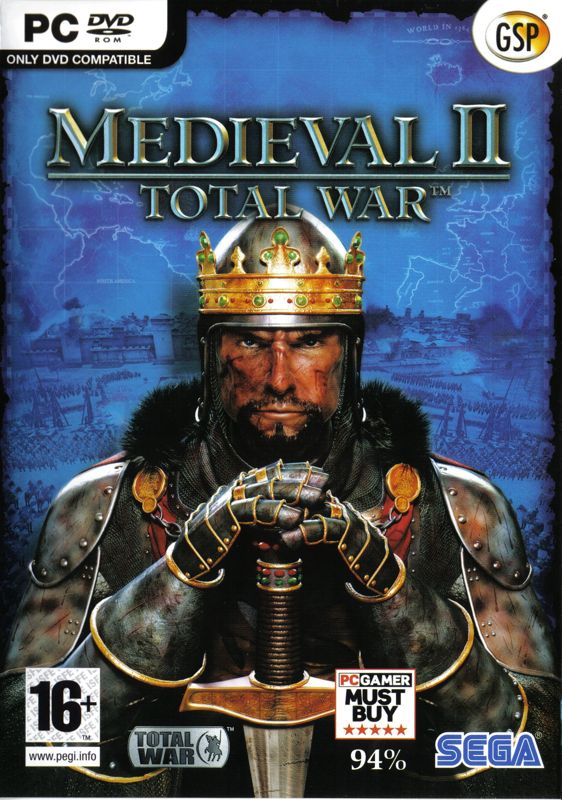
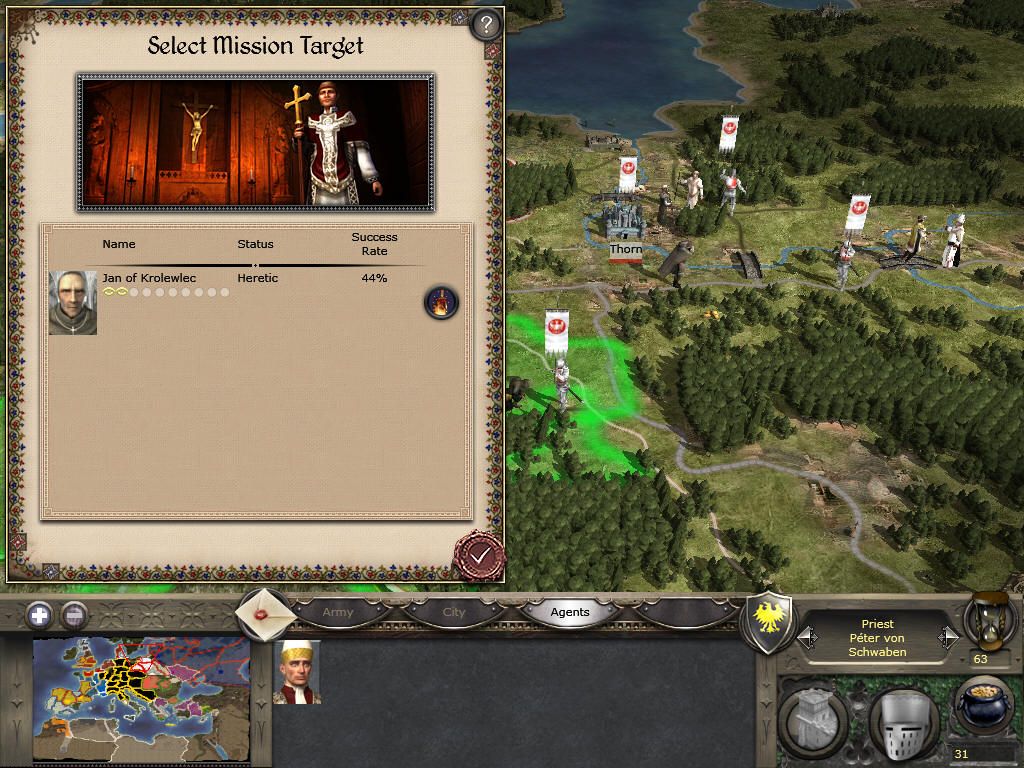
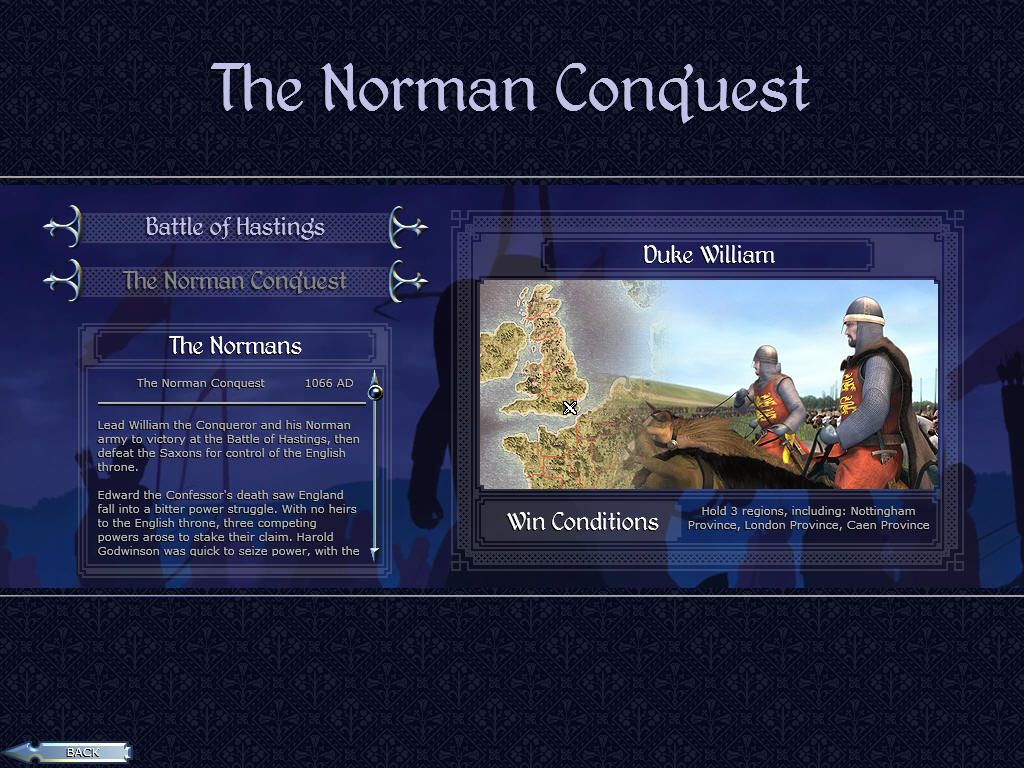
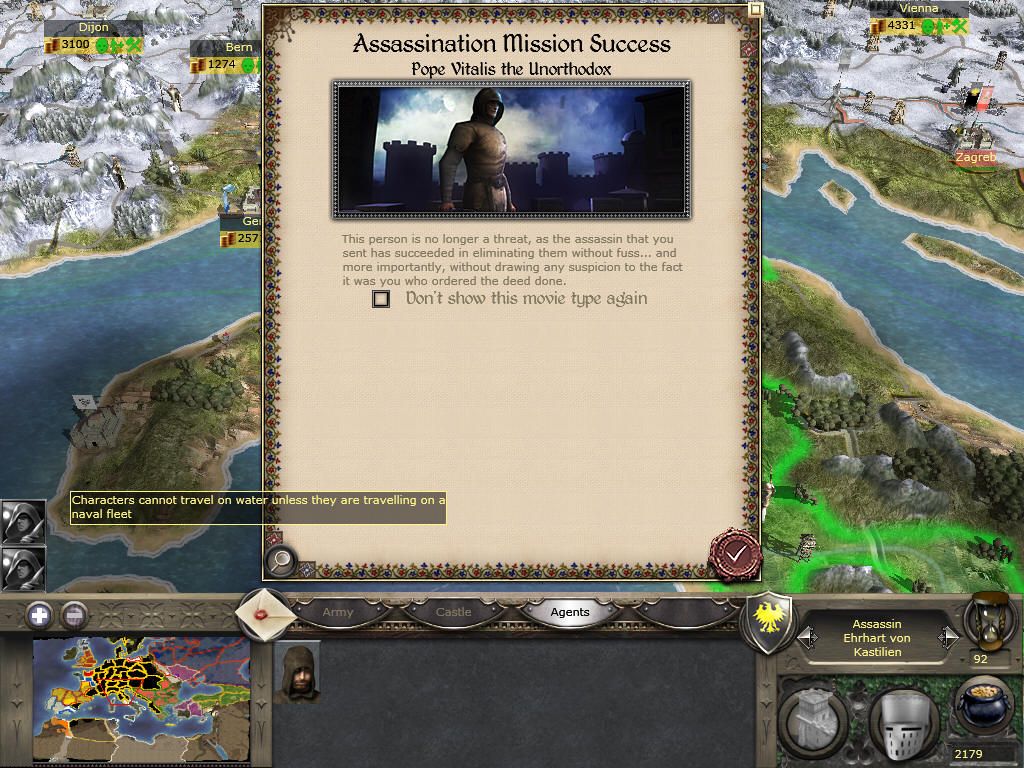
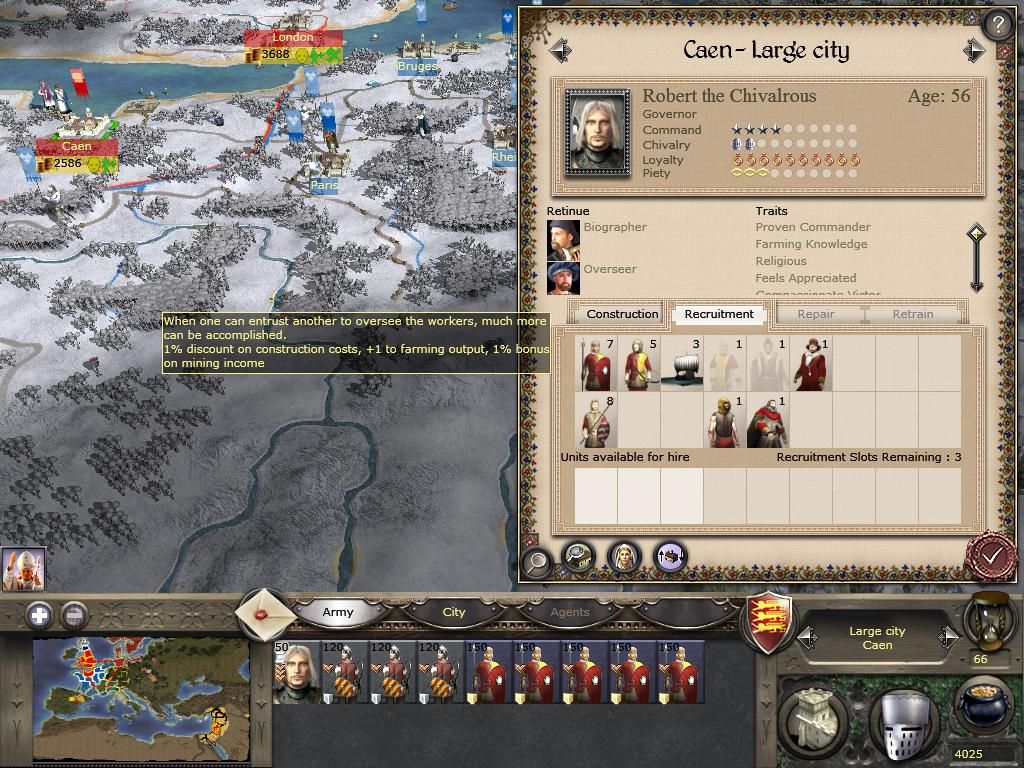
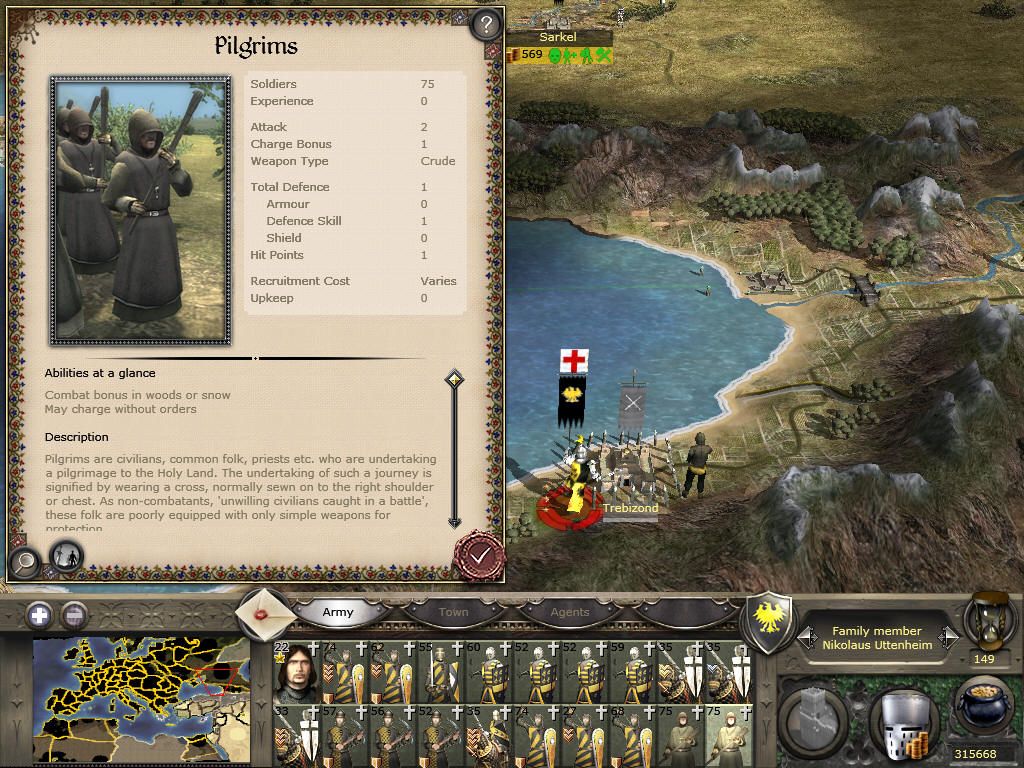


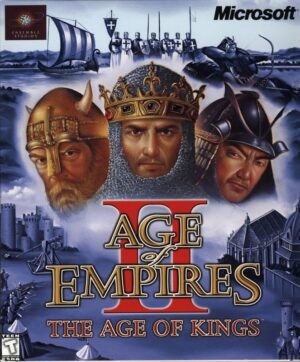
Reviews
There are no reviews yet.